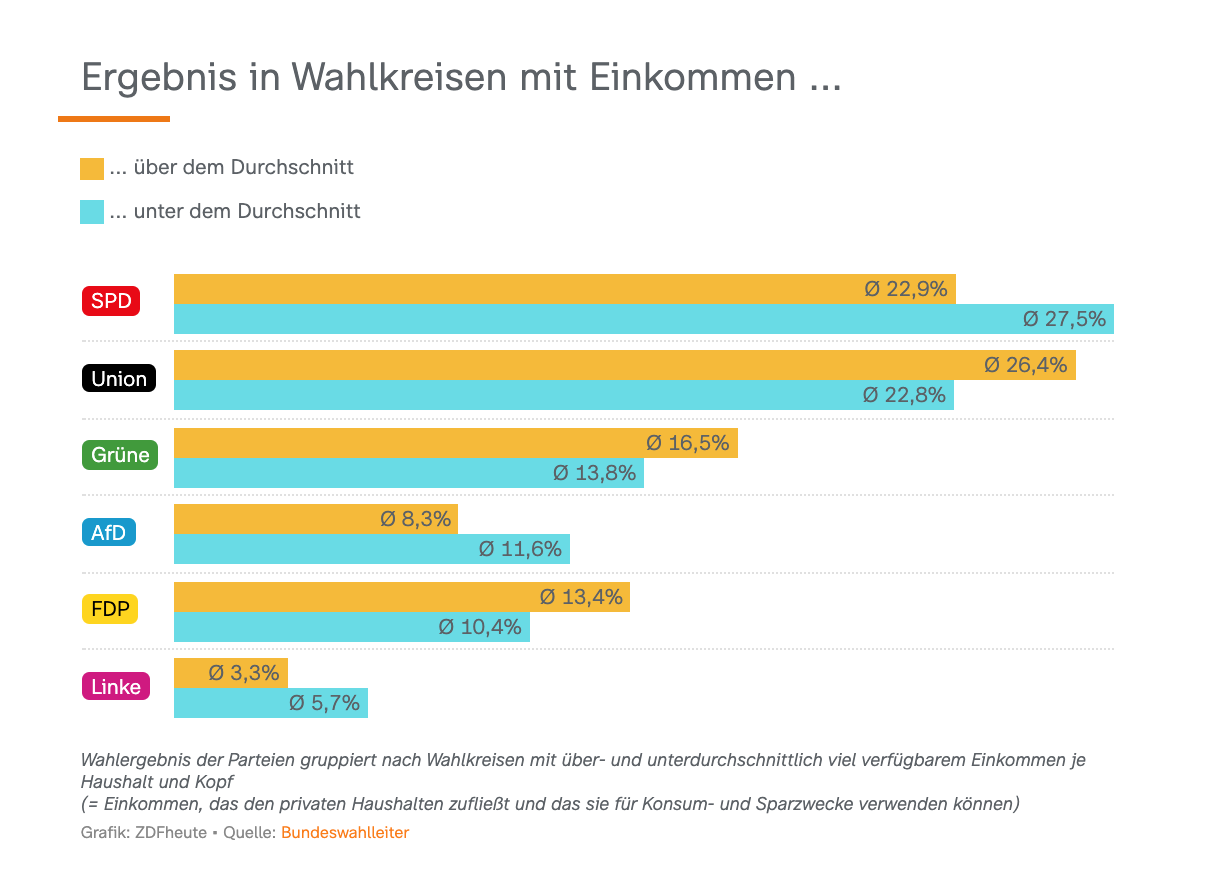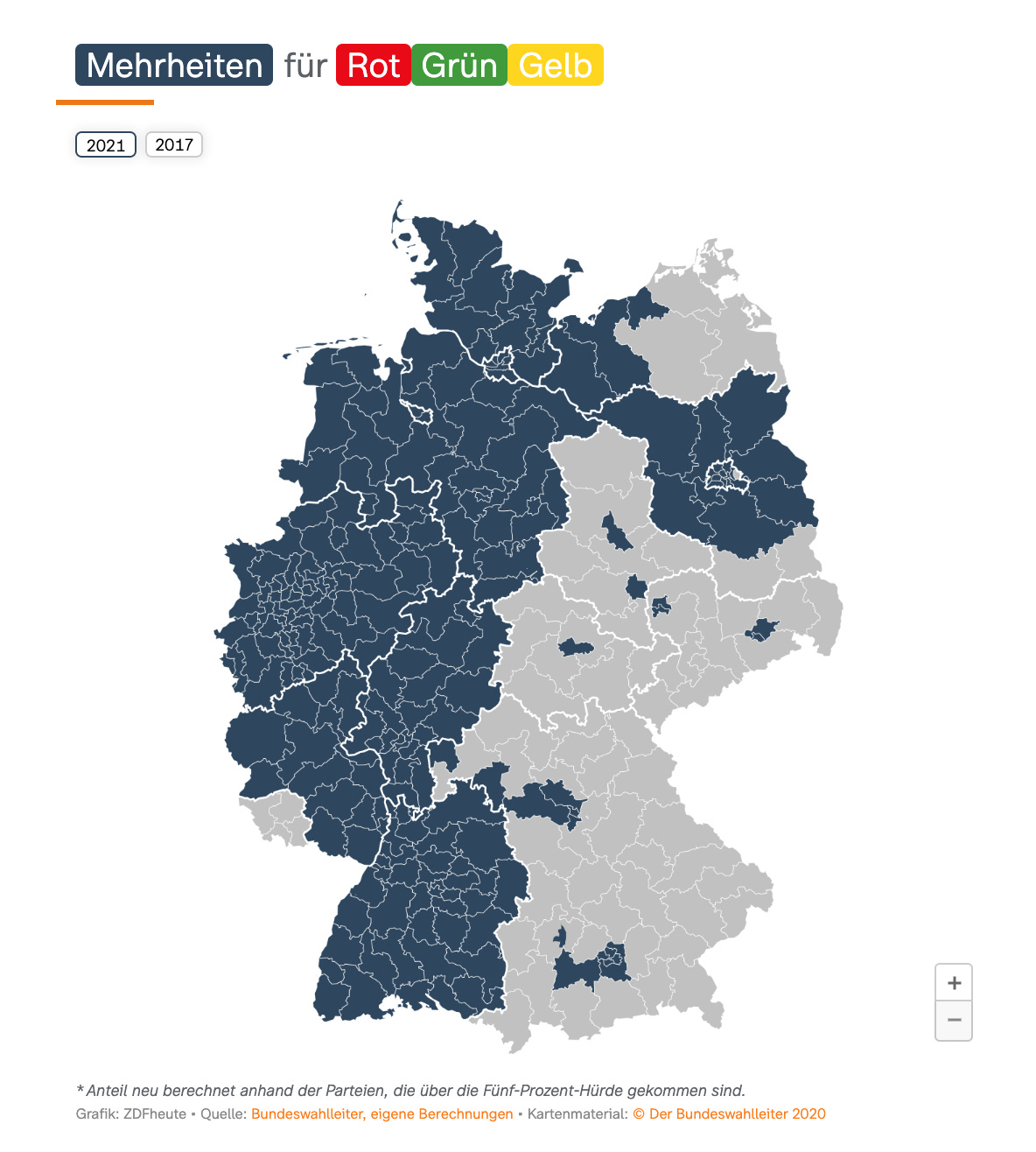The latest Ones and Tooze is up. Cameron and I discuss the German election.
Get the podcast from apple here.
From Spotify here.
Or straight from Foreign Policy.
Meanwhile, bunches of new and interesting data are coming in about the election.
One of the least discussed points is that the largest “party” in the election were the non-voters. They come above all from areas with low average income, above all in the East. Data by Neues Deutschland (one of the survivors of the GDR press).

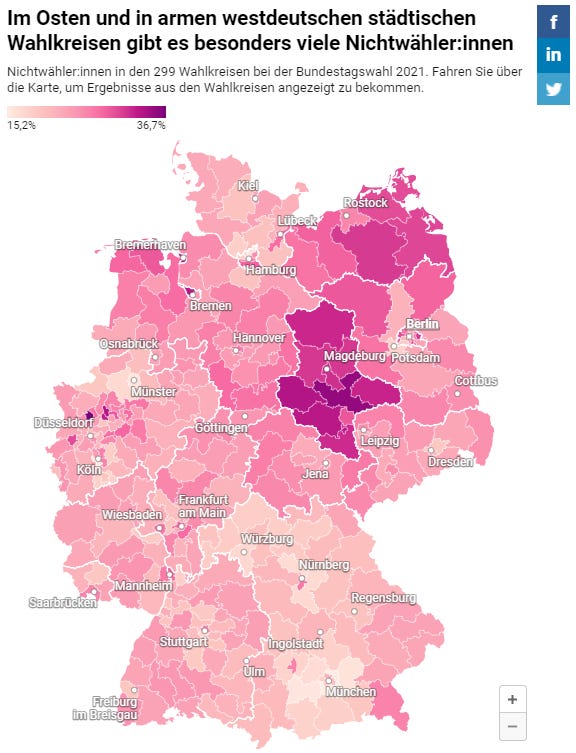
The Greens did phenomenally well in the cities.






This is a PR system, so these high scores are fully counted in their final tally. It isn’t like the US or the UK where running up votes in California or New York does not move the national dial. But it tells you something about the kind of party that they are.
Die Linke lost heavily but continues to cling on in districts with high unemployment. Good data here:
Overall, votes and incomes line up much as you would expect. SPD did better in areas with below-average income. CDU, Greens and FDP all did better in areas with higher incomes, which basically just means in West Germany as opposed to the GDR.
The personal popularity of a candidate can be gauged by comparing 1st votes (for the candidates) with 2nd votes (for the party in the same district). Note the popularity of Gregor Gysi of Die Linke, a survivor of the immediate post-1989 period. Also Cem Özdemir the leading Turkish-German politician for the Greens in Stuttgart, Habeck, Schäuble and Norbert Röttgen, one of the options the CDU spurned for the leadership.

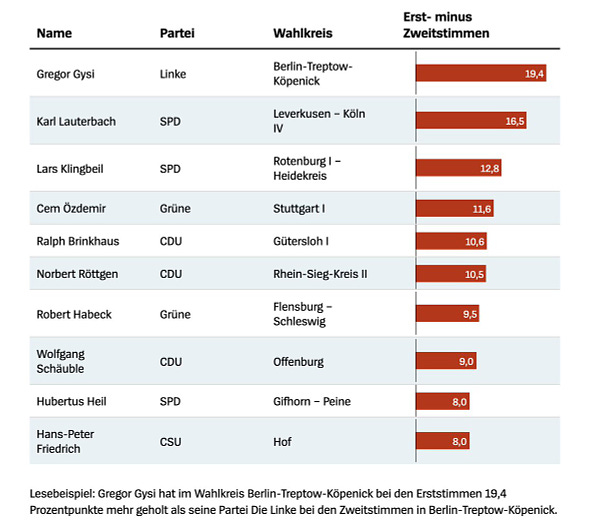
Since the results were declared, the CDU has plunged further in the polls.

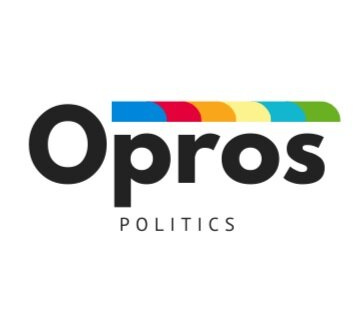
Even the CDU’s own voters prefer the party to go into opposition rather than form a new government. A Jamaica coalition looks like a suicidal choice for the Greens, even if the FDP demand it.

A Traffic Light Coalition of SPD-Greens-FDP (liberals) is most likely, but it would represent above all the preferences of Western Germany (Not Bavaria).






